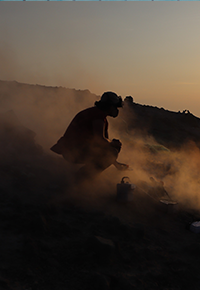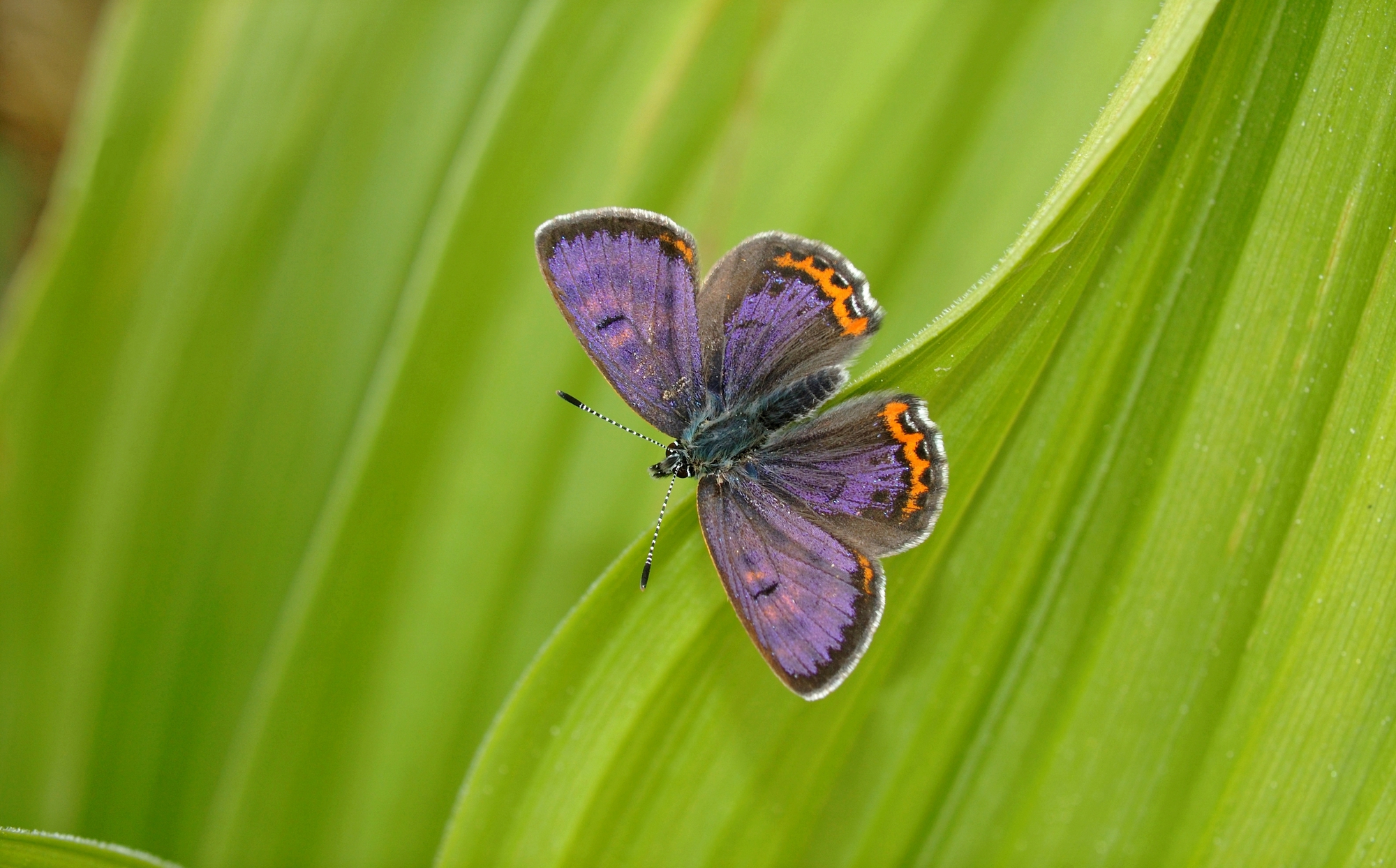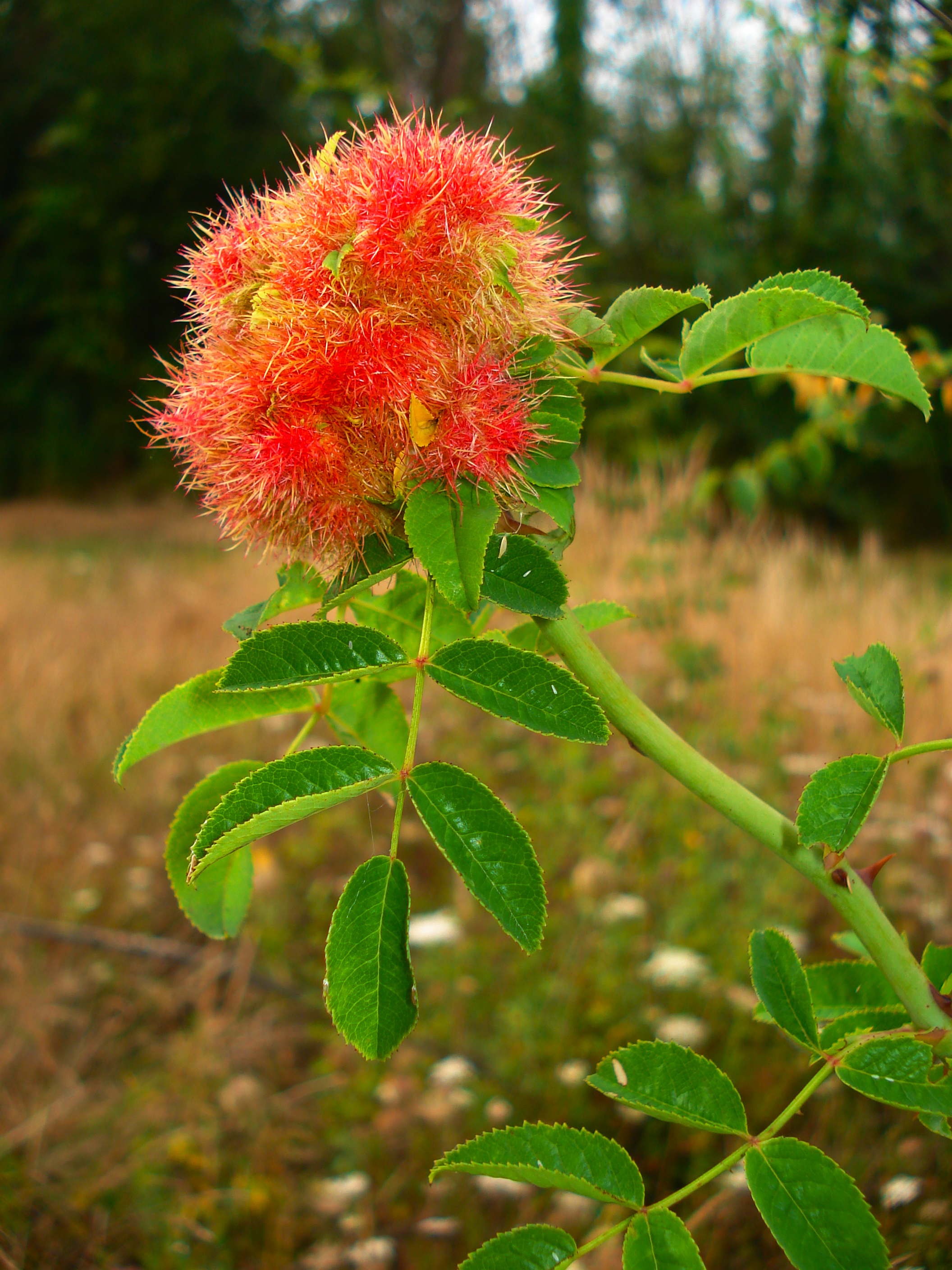
Hôtel Dupanloup
1 rue Dupanloup
45000 Orléans
France
Seong-Young Lee

Hôtel Dupanloup
1 rue Dupanloup
45000 Orléans
France
Seong-Young Lee

Hôtel Dupanloup
1 rue Dupanloup
45000 Orléans
France
Ricardo Arevalo

Hôtel Dupanloup
1 rue Dupanloup
45000 Orleans
France

Hôtel Dupanloup
1 rue Dupanloup
45000 Orleans
France

Hôtel Dupanloup
1 rue Dupanloup
45000 Orleans
France
Giulia Cozzani & Matthieu Kretzschmar

MOBE - Muséum d’Orléans pour la Biodiversité et l’Environnement
6 rue Marcel Proust
45000 Orléans
France

Hôtel Dupanloup
1 rue Dupanloup
45000 Orléans
France

IRBI - Salle séminaire Faculté des Sciences et Techniques
Avenue Monge, Parc Grandmont
37000 Tours
France
Karol B. Barragán-Fonseca & Umberto Diecinove

IRBI - Salle séminaire Faculté des Sciences et Techniques
Avenue Monge, Parc Grandmont
37000 Tours
France
Alison Bennett

Hôtel Dupanloup
1 rue Dupanloup
45000 Orleans
France
Dr Tjarda Roberts, Dr Nicole Bobrowski, Dr Elena Maters, Alexander Nies & Prof. Thomas Wagner

Hôtel Dupanloup
1 rue Dupanloup
45000 Orleans
France

Hôtel Dupanloup
1 rue Dupanloup
45000 Orleans
France
Prof. Juan César Vilardi, Dr Cuauhtémoc Sáenz-Romero & Dr Philippe Rozenberg

Muséum d’Orléans pour la Biodiversité et l’Environnement
6, rue Marcel Proust
45000 Orléans
France

Muséum d’Orléans pour la Biodiversité et l’Environnement
6, rue Marcel Proust
45000 Orléans
France

IRBI - Salle séminaire Faculté des Sciences et Techniques
Avenue Monge, Parc Grandmont
37000 Tours
France

IRBI - Salle séminaire Faculté des Sciences et Techniques
Avenue Monge, Parc Grandmont
37000 Tours
France

Hôtel Dupanloup
1 rue Dupanloup
45000 Orleans
France

Hôtel Dupanloup
1 rue Dupanloup
45000 Orleans
France

Muséum d’Orléans pour la Biodiversité et l’Environnement
6, rue Marcel Proust
45000 Orléans
France
David Demergès

Hôtel Dupanloup
1 rue Dupanloup
45000 Orleans
France
Dr Carlos Lopez-Vaamonde

LE STUDIUM
1 Rue Dupanloup
45000 Orléans
France

Auditorium du Musée des Beaux Arts d'Orléans
1 rue Fernand Rabier
45000 Orléans
France
Dr Dominique Arrouays & Anne Richer de Forges

Hôtel Dupanloup
1 rue Dupanloup
45000 Orléans
France

Hôtel Dupanloup
1 rue Dupanloup
45000 Orléans
France

OSUC, Salles E110/E112
Campus Géosciences
1A rue de la Férollerie
45000 ORLEANS
France

VIRTUAL MEETING
France

Auditorium Jean Zay - Canopé Orléans
55, rue Notre Dame de Recouvrance
45000 Orléans
France
Prof. Akkihebbal Ravishankara & Dr Abdelwahid Mellouki

Hôtel de Ville
Place Jean Jaurès
37000 TOURS
France
Pr Marion Harris & Dr David Giron
Coordinator of the consortium: Dr Christophe Baltzinger
Forest Ecosystems Research Unit (EFNO)-FR
Climate change is influencing population dynamics of several pest insect species leading to the expansion of their range. Range expansion can be driven also by human-mediated dispersal, with the establishment of new insect populations in suitable areas far from their native range. In this process, interactions between insects and their natural enemies can change due to new environmental conditions or to different rate of dispersion. In recent years, pine processionary moth (PPM), one of the main forest pests in the Mediterranean region, is expanding its range favored by both higher winter mean temperatures and accidental human-mediated transportation. Here we outlined the genetic structure of PPM along its range in France using 23 microsatellites loci, characterizing the main patterns of expansion of this species and identifying the source populations of new colonies in the expansion areas. These data can be employed for developing assignment tools to genetically characterize PPM for a quick identification of their origin area. Finally, we developed a new set of microsatellite primers for the PPM specialist egg-parasitoid in order to track its dispersion following its host in the expanding areas. The low genetic variability found, not directly useful for tracking parasitoid expansion, shed light on the role of bacterial endosymbionts in the population genetic structure of this species.
This special issue of Annals of Forest Science compiles ten papers on “Wood formation and tree adaptation to climate”, which were presented at “Le Studium” International Conference in May 2018 in Orléans (France). These papers present observational, experimental and modelling studies investigating the influence of climatic changes on treegrowth from the hour to the century, and from the cell to the landscape.
The project addresses a fundamental problem of forest reaction forecast to the climate change and increasing concentrations of greenhouse gases for the terrestrial ecosystems of the Earth. The main target is to produce a retrospective assessment and a short-term forecast of annual tree-ring productivity (seasonal cell production) of the major conifer plant species in terrestrial forest ecosystems around Eurasia forced by climate and non-climatic factors. The analysis is based on an Interactive Information platform “Global Tree-Ring Growth Evolution Neural Network” (www.vs-genn.ru) and datasets available for the European and Asian dendroecological test-polygons. To achieve the goal of the project, we testified the Vaganov-Shaskin model and its parametrization, as a part of the developing IT system, based on direct long-term field observations for the tree-ring sites in Europe and Asia. As a result of the fellowship four papers were published in high impacted ISI journals. Moreover, a special issue of the ISI journal “Annals of Forest Science” is prepared.
Historical herbaria collected around the world are valuable source of data for studying past communities of folivore organisms and tracking their distributions through the time. Here we examined the world biggest herbarium collection stored in the Muséum National d'Histoire Naturelle (Paris, France) in order to explore past Tilia-feeding endophage complexes and their populations in the Holarctic and clarify the expansion history of the lime leafminer, Phyllonorycter issikii Kumata, 1963 (Lepidoptera: Gracillariidae), an invasive pest in Europe damaging limes, Tilia spp. (Malvaceae).
During this fellowship I performed several greenhouse and laboratory experiments, aiming at assessing the phytotoxic and microbiological effects of microencapsulated peppermint (Mentha x piperita L.) essential oil (MPO). The different doses of MPO were applied in the pot experiments either into vermiculite or top layer of arable soils. As the acceptor-species, I used four maize cultivars, one cultivar of mustard and a weed– lambsquarters (Chenopodium album L.). The microbiological analyses were performed using i) commercial strain of arbuscular fungus Rhizophagus irregularis on maize roots by intersection method, and ii) natural soil-microbiota by FDA biotest. I have found, based on the ED50 analysis, that the phytotoxic effect of MPO is both dose and species as well as soil-medium dependent. The biochemical analyses revealed, that the plants’ response to the application of MPO is typical for the allelopathic stress. The microbiological responses to the MPO applications were not clear enough to conclude and should be continued further.
Peatlands are key ecosystems in the global carbon balance due in part to the slow microbial degradation of the organic matter (OM) in peat soils. Role of peatlands as powerful carbon storage systems may be threatened by climate change, leading to a potential huge release of greenhouse gases to the atmosphere. Our knowledge on the mechanisms behind the microbial OM degradation is still incomplete, and it is also essential to develop better management strategies and mitigate global change impacts. In the frame of the present fellowship, the microbial extracellular enzymatic mechanisms of the OM degradation in peat soil and pore water were studied in a French altered peatland, assessing changes in soil depth and warming effect during an annual cycle. Additionally, to the research programme, during the present fellowship a new technique for the host laboratory was implemented (protocol to measure extracellular enzyme activities in pore water and peat soil), the fellow participated in several conferences and seminars, three publication were or are in the process of being published, and a new project with the host laboratory is in developing.
There is tremendous diversity of interactions between plants and other species. These relationships range from antagonism to mutualism. Interactions of plants with members of their ecological community can lead to a profound metabolic reconfiguration of the plants’ physiology. This reconfiguration can favour beneficial organisms and deter antagonists like pathogens or herbivores. Determining the cellular and molecular dialogue between plants, microbes, and insects, and its ecological and evolutionary implications is important for understanding the options for each partner to adopt an adaptive response to its biotic environment. Moving forward, understanding how such ecological interactions are shaped by environmental change and how we potentially mitigate deleterious effects will be increasingly important. The development of integrative multidisciplinary approaches may provide new solutions to the major ecological and societal issues ahead of us. The rapid evolution of technology provides valuable tools and opens up novel ways to test hypotheses that were previously unanswerable, but requires that scientists master these tools, understand potential ethical problems flowing from their implementation, and train new generations of biologists with diverse technical skills. Here, we provide brief perspectives and discuss future promise and challenges for research on insect–plant interactions building on the 16th International Symposium on Insect–Plant interactions (SIP) meeting that was held in Tours, France (2–6 July 2017). Talks, posters, and discussions are distilled into key research areas in insect–plant interactions, highlighting the current state of the field and major challenges, and future directions for both applied and basic research.
A scientific request for an efficient instrument for unambiguous in-situ analysis of the composition of the Solar system rises up, since an abundance of complex organic compounds at planets, moons and interplanetary medium has been experimentally confirmed. New experimental data will unveil chemical history of the Solar System and probable mechanisms of formation of extraterrestrial organic compounds. A space-grade Orbitrap™-based high-resolution mass spectrometer will allow to obtain required data. In scope of this research project, Lab-CosmOrbitrap and OLYMPIA mass analyzer instruments developed within the CosmOrbitrap project were optimized. New sampling systems and ionization mechanisms proposed for the future space-grade instruments have been developed and evaluated. Experimental calibration data for solid (the real Moon fragment) and gaseous samples (He, C2H4, N2 and CO) required for the currently designed space instruments (CRATER, CORALS and HANKA) were measured.
Oxidation of SO2 to sulfuric acid impacts acid precipitation and aerosol nucleation in Earth’s atmosphere in remote and polluted environments. This oxidation can take place in both the liquid and gas phase. Only the gas-phase oxidation is expected to lead to new particles because of the clustering reactions of H2SO4. This aerosol nucleation has a major effect upon air quality and Earth’s radiative balance, and is of crucial importance to the chemistry of the atmosphere.
The rate limiting step in this process is the reaction of OH radicals with SO2 to form HSO3. The pressure- and temperature-dependent reaction of OH + SO2 has been studied many times previously – since its importance was first recognized in the 1970s. Notwithstanding, some of the most recent literature has cast doubt on much of this data, especially under conditions that are relevant to atmospheric chemistry.
Here, we present measurements of the rate coefficient using the pulsed laser photolysis–laser induced fluorescence technique as a function of temperature (249–373 K) and of pressure in helium, argon, nitrogen and oxygen bath gases (30–600 Torr). In addition, relative rate measurements using a chamber at 760 Torr (N2, O2 and air) were also performed to corroborate our absolute observations. By utilizing these new data, together with the available literature data, an updated pressure- and temperature-dependent parameterization will be provided. This allows the atmospheric impact of this reaction to be constrained with a new level of certainty.
The use of residual biomass from forest harvesting for energy production is viewed as a means to reduce fossil-fuel consumption. However, the impact of wood energy harvesting on soil and future site productivity remains a major concern. During this fellowship, we analysed why forest biomass harvesting of whole trees in Quebec reduced soil organic carbon (C) and total nitrogen (N) reserves in certain sites. We also estimated soil C and N labile and stable fractions in the Centre-Val de Loire region in France, and its relationship with current soil sensitivity indices to residual biomass harvesting. This research shed new insights on soil properties that could explain their sensitivity or resilience to forest biomass harvesting. We believe that this fellowship made a significant contribution to scientific knowledge and address pressing societal challenges.
The Earth’s radiation environment couples to the upper atmosphere through precipitation of energetic electrons in high-latitude regions. This precipitation is driven by electromagnetic waves in the plasma environment around the Earth, including waves generated by lightning discharges. We use data from the DEMETER mission, built and operated by LPC2E between 2004-2010, to better understand the propagation characteristics of these lightning-generated signals and their effects on the radiation environment. Further, we use lessons and heritage from the DEMETER mission to inform design decisions and data analysis techniques for the upcoming CANVAS mission, a collaboration between the University of Colorado Boulder and LPC2E. CANVAS is expected to launch in mid-2024.
The present study was conducted to elucidate the connections of modern groundwater pollution to specific munitions materials used and destroyed during and after World War I (WWI). Large quantities of unexploded munitions are still present in the tunnels and soils of former battlefields. We performed analyses of the isotopic compositions of nitroaromatics, nitrate, and perchlorate in samples of munition and contaminated groundwater collected at three sites along the WWI battlefront in northern France. The isotopic data from these samples indicates a direct connection between the groundwater contamination and the WWI munitions. Potential adverse effects on public health from munitions compounds in groundwater indicate an urgent need for further evaluation of the continuing presence of legacy WWI munitions and their contribution to chronic groundwater pollution in the region.